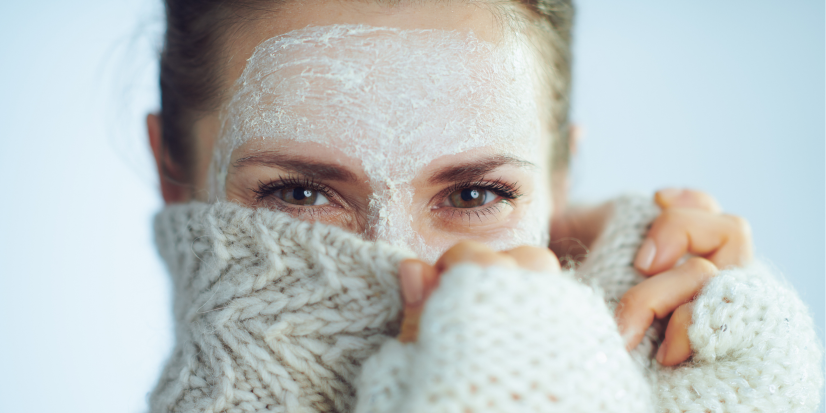“To prevent skin cancer we must respect the sun,” shares Bishr Al Dabagh, MD, FAAD, dermatologist and Mohs surgeon at Truyu Aesthetic Center.
You don’t have to spend a sunny day at the lake to get sunburned. Skin damage can happen just as easily while wandering a corn maze with the family in the fall, snowshoeing in the winter, or picnicking in the spring. Winter, in particular, is a time when people let their guard down when it comes to skin protection.
“You may not get as much sun exposure in the winter, but what you do get adds up because sun damage is cumulative,” says Dr. Al Dabagh. “If you’re skiing, ice fishing or just shoveling snow, you need to cover up with clothing and wear sunscreen.”
The danger of sun exposure isn’t confined to recreation; it’s also present on the job. Farmers, construction workers, professional drivers, and even office workers who sit near windows are at risk of getting too much sun.

Take (Preventive) Action
When you think of protecting your skin from the sun, you likely think of sunscreen. Wearing sunscreen of at least sun protection factor 30 is important, but it shouldn’t be your first line of defense, according to Dr. Al Dabagh.
“I consider sunscreen a secondary method of protection,” he says. “The number one thing to do is wear long pants and long-sleeved shirts, preferably that protect against UV radiation, a wide-brimmed hat, and sunglasses. Secondly, avoid the sun between the hours of 10 a.m. and 2 p.m. when its rays are most intense. When you put on sunscreen, apply liberally, and be sure not to miss the ears, neck, and nose. I see lots of patients with sun damage to these areas.”
Another important component of prevention is a monthly skin self-exam. If you notice a mole that has changed in size, shape, or color from the month before, notify your primary care provider or a dermatologist. If skin cancer is present, early diagnosis is critical to the success of treatment.
Treatment Options
Dermatologists determine how to treat skin cancer based on its type—melanoma or non-melanoma—and whether it sits at or near the surface of the skin or extends deep beneath it. For shallow cancers that don’t spread quickly, dermatologists may recommend:
- Topical medications
- Minor surgery such as scraping and burning
- Radiation
Specialized Surgical Approach
Aggressive or deep-set cancers may need to be surgically removed. One technique is Mohs surgery, which is appropriate for patients with skin cancer of the head or neck. Mohs allows surgeons to remove malignancies, examine samples from the margins on-site and, if necessary, take out more tissue until the cancer is completely gone.
“We do all of this on the same day as the patient waits between stages of the procedure,” says Dr. Al Dabagh. “A conventional excision may require the patient to return to the office several days to weeks later if more cancer is found in the margin. With Mohs, the surgeon examines 100 percent of the margin. Mohs is the number one treatment for non-melanoma skin cancer in terms of cure rate.”
Ensure you are skin cancer-free with a skin cancer screening. Schedule yours at 701.780.6623.







